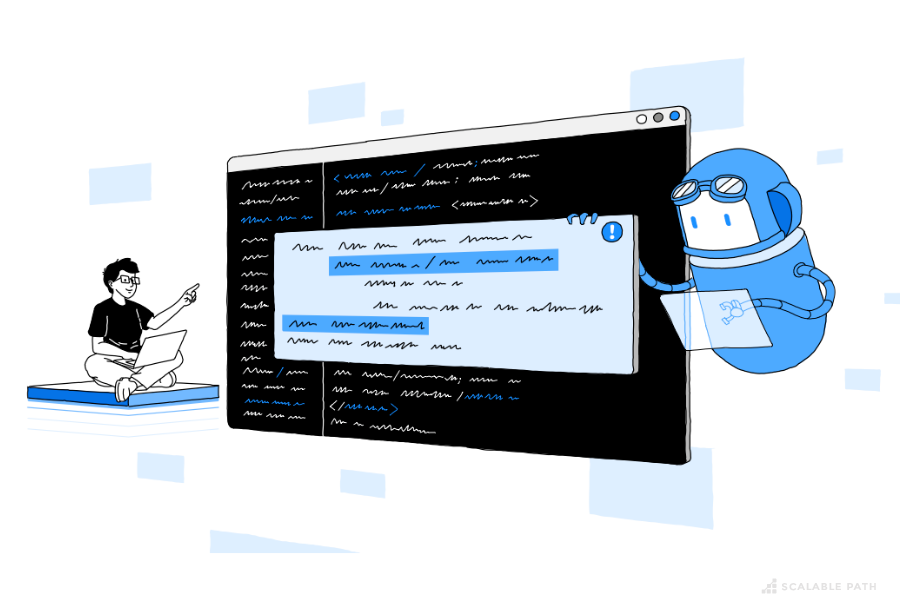Innovate
Your Software
Faster without Risk
Innovate Your Software Faster without Risk
Discover the Untapped Potential of LLMs in Revolutionizing Feature Management

How large language models (LLMs) like GPT-4 (Copilot) can empower feature flags in code? Feature flags, also known as feature toggles, are a software development technique used to enable or disable specific features in an application. They provide developers the flexibility to test, roll out, or rollback features without requiring complete deployment or recompilation of the code.
LLMs can potentially empower feature flags in several ways:
-
Code analysis and recommendations: LLMs can analyze the codebase and make recommendations on where to implement feature flags, ensuring the most efficient and effective use of this technique.
-
Dynamic documentation: LLMs can generate and maintain dynamic documentation for the implemented feature flags, ensuring that all stakeholders have an up-to-date understanding of the current state of the codebase and the flags in use.
-
Context-aware assistance: LLMs can assist developers with context-aware code snippets and suggestions on how to implement feature flags in different languages, frameworks, or libraries, speeding up development and reducing the chances of errors.
-
Reducing technical debt: LLMs can help identify and remove dead or obsolete feature flags from the codebase, minimizing technical debt and ensuring that the code remains clean and maintainable. This process can be automated, making it easier for developers to keep their codebase up-to-date and free of unnecessary clutter.
-
Code refactoring: LLMs can automatically refactor code when feature flags are removed, ensuring that the codebase remains clean and maintainable.
-
Code review assistance: LLMs can assist with code reviews by analyzing the changes made to the codebase when implementing feature flags, identifying potential issues, and suggesting improvements. This can help ensure that the code is of high quality and follows best practices for feature flag usage.
-
Impact analysis: By analyzing the codebase and any relevant data, LLMs can help developers understand the potential impact of enabling or disabling a specific feature flag. This can be particularly useful for assessing the risks and benefits associated with rolling out new features or making changes to existing ones.
-
Intelligent rollout strategies: LLMs can help developers design intelligent rollout strategies for feature flags by analyzing user behavior, application performance, and other relevant data. This can enable more informed decisions about when and how to release new features, allowing for smoother transitions and reduced risk.
-
Automated flag management: LLMs can be trained to monitor the usage and impact of feature flags, automatically enabling or disabling them based on specific criteria or performance metrics. This can help reduce manual effort and minimize the risk of errors.
-
Enhanced collaboration: LLMs can facilitate collaboration among team members by helping them understand the purpose and status of feature flags in the codebase. This can lead to more effective communication and decision-making related to the development and management of features.
By harnessing the power of LLMs, software development teams can gain insights and assistance that can enhance their use of feature flags, ultimately leading to more efficient development processes, higher quality code, and more successful product releases.